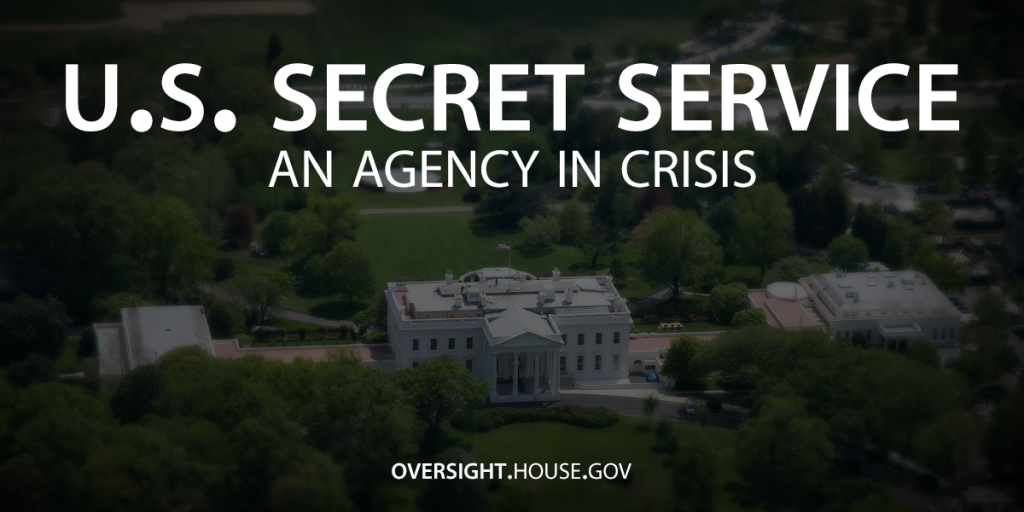United States Secret Service: An Agency In Crisis
Summary of Report Findings
The Committee investigated four incidents in detail to identify findings and recommendations for this report:
- November 11, 2011, an individual fired several shots at the White House from a semiautomatic rifle. (p. 22)
- April 2012 misconduct in Cartagena, Colombia. (p. 27)
- September 16, 2014, an armed contract security guard with a violent arrest history rode in an elevator with President Obama and later breached the president’s security formation at the Centers for Disease Control and Prevention (CDC) in Atlanta, Georgia. (p. 39)
- March 4, 2015, two intoxicated senior USSS officials—including a top official on the president’s protective detail—interfered with a crime scene involving a bomb threat just outside the White House grounds. (p. 54)
PREVIOUSLY UNRELEASED DETAILS:
Cartagena: April 2012
- Email exchanges between agents show the brazen attitude of those engaged in misconduct. (p. 30)
- Sensitive security equipment and documents were left unsecure in agents’ rooms. (pp. 30 – 34)
- Then–Director Sullivan provided inaccurate testimony to Congress. (pp. 30 – 34)
CDC incident: September 2014 (pp. 39 – 42)
- The president’s security was breached at least three times at the CDC.
- USSS failed to conduct background checks on CDC’s security guards, all of whom were armed. (p. 40)
- USSS allowed unvetted armed guards near the president.
- USSS provided incomplete information to Congress.
- USSS improperly pinned unvetted armed guards.
- USSS allowed the president to enter an elevator with an unpinned individual.
- USSS initially blamed the CDC after an insufficient review of the incident.
- The armed security guard stationed in the elevator had a criminal history with three arrests for misdemeanors, including reckless conduct with a weapon which involved a three-year-old. (pp. 43 – 44)
Three directors in a row have provided inaccurate information to Congress
- Sullivan – after Cartagena, said misconduct was not a cultural problem; that agents involved had not been involved in previous similar misconduct; and that there were no sensitive documents/equipment in hotel rooms. (pp. 30 – 34)
- Pierson – said she updated the president 100 percent of time. (p. 49)
- Clancy – regarding CDC incident, said there were no other armed guards near president and sent letter to OGR saying that USSS first learned guard was armed after interviewing him, but CDC actually informed USSS that guards would be armed 4 days prior to visit (pp. 43 – 44)
REPORT RECOMMENDATIONS:
Staffing
- Congress should ensure that USSS has sufficient funds to restore staffing to required levels, and USSS should ensure that it has systems in place to achieve these goals. (p. 122)
Security Clearances
- USSS must adequately staff the Security Clearance Division. (p. 157)
- USSS should allow at least as much time as the 114-day Office of the Director of National Intelligence timeline for issuing security clearances. (p. 162)
- USSS should not present applicants to the hiring panel until FBI background checks have been completed. (p. 168)
- USSS’s Security Clearance Division should participate in all hiring decisions to ensure the importance of national security. (p. 169)
Reconsideration of Mission
- The Executive Branch should conduct an interagency review on USSS’s collateral or non-essential missions that can be shed, and submit a report to Congress on its findings. (p. 194)
| Name | Document |
|---|---|
| United States Secret Service: An Agency In Crisis | Document |
